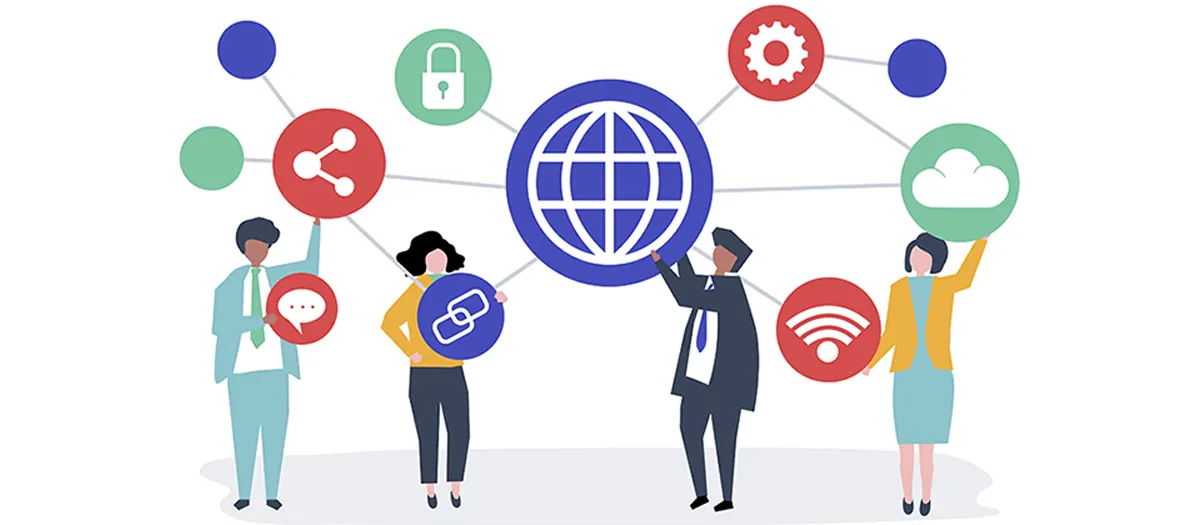App automation has revolutionized the way businesses operate, streamlining processes and boosting efficiency. As we step into 2025, the landscape of app automation is poised for significant transformation. In this article, we delve into the top trends that will shape the future of app automation.
1. Hyperautomation: A New Era of Automation
Hyperautomation, a concept that involves combining multiple technologies like AI, machine learning, and RPA, is set to dominate the automation scene in 2025. By automating end-to-end processes, organizations can achieve unprecedented levels of efficiency and accuracy.
Key benefits of Hyperautomation:
- Enhanced productivity: Automate repetitive tasks to free up human resources for more strategic work.
- Improved accuracy: Reduce human error and ensure consistency in processes.
- Faster time-to-market: Accelerate product development and deployment.
- Better decision-making: Leverage AI-powered insights to make data-driven decisions.
2. AI-Driven Automation: The Intelligent Future
Artificial intelligence is set to revolutionize app automation by making it more intelligent and adaptive. AI-powered tools will be able to analyze vast amounts of data, identify patterns, and make informed decisions, leading to more efficient and effective automation solutions.
Key applications of AI-driven automation:
- Predictive analytics: Forecast future trends and proactively automate processes.
- Natural language processing: Enable human-like interactions with automation systems.
- Computer vision: Automate tasks that involve visual data, such as image recognition and document classification.
3. Low-Code/No-Code Automation: Empowering Citizen Developers
Low-code/no-code automation platforms will continue to gain popularity, enabling citizen developers to create and deploy automation solutions without extensive coding knowledge. This democratization of automation will empower a wider range of users to drive innovation and efficiency within their organizations.
Benefits of low-code/no-code automation:
- Faster development: Rapidly build and deploy automation solutions.
- Reduced development costs: Lower IT costs by empowering citizen developers.
- Increased agility: Quickly adapt to changing business needs.
4. Intelligent Process Automation (IPA): Automating Complex Tasks
IPA combines RPA with AI and machine learning to automate complex, cognitive tasks that require decision-making and problem-solving abilities. This will enable organizations to automate more sophisticated processes and achieve higher levels of efficiency.
Key use cases of IPA:
- Customer service automation: Automate customer inquiries and support tasks.
- Financial process automation: Automate accounts payable, accounts receivable, and other financial processes.
- HR process automation: Automate onboarding, offboarding, and payroll processes.
5. Automation of Mobile App Testing: Ensuring Quality and Performance
As mobile apps become increasingly complex, automation of testing will be crucial to ensure quality and performance. AI-powered test automation tools will be able to simulate real-world user behavior and identify potential issues early in the development process.
Benefits of mobile app test automation:
- Faster testing cycles: Accelerate the testing process.
- Improved test coverage: Test a wider range of scenarios.
- Enhanced test accuracy: Reduce human error and increase test reliability.
Conclusion
The future of app automation is bright, with exciting trends poised to transform the way businesses operate. By embracing these trends, organizations can unlock new levels of efficiency, productivity, and innovation.


Leave a Reply